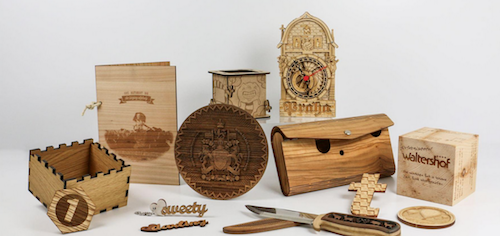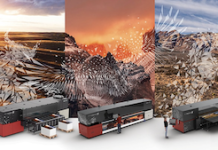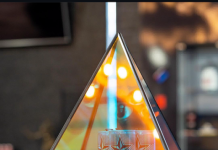According to Trotec Laser, since wood is a natural material, the laser user has to consider various characteristics such as density and resin content during processing. The more uniform the colouring and grain of the wood, the better and more even the laser engraving.
Soft Woods
These types of woods, such as balsa wood or poplar, require a lower laser power level and can be engraved and cut faster. Engraving produces less contrast (it is lighter).
Hard Woods
These types of woods, such as oak or cherry, are examples of dense woods, which require a higher laser power level for cutting and engraving. The engraving itself becomes more contrasting than on soft wood.
Coniferous Woods
These types of woods, such as larch or fir, are not suitable for laser engraving. They usually have a large number of uneven grains, which are usually very hard. On the other hand, the surrounding wood (‘non-graining’) is rather soft, which makes it difficult to find the right parameters.
Veneers
These are made of real wood and therefore show the same engraving properties as solid wood panels.
Plywood
This consists of at least three layers of wood whose grain is glued and pressed at an angle of 90°. Plywood is available in various types of wood and is offered in different thicknesses. The type of glue is important for laser processing, especially during cutting. Choose white-glued plywood panels or plywood panels made specifically for laser processing.
Medium Density Fibreboard (MDF)
MDF is a homogeneous wood-based material made of finely defibrated, mainly bark-free, softwood, which is gently pressed in the longitudinal and transverse directions. The surface and edges are smooth and firm. So MDF can be easily engraved and cut. However, it should be noted that the cutting edges become very dark during laser processing.
A rule of thumb for laser engraving is that hard woods result in dark engravings and soft woods result in lighter engravings.
A rule of thumb for laser cutting: the drier and more resin-free the wood, the brighter the cutting edge. This article was originally published by Trotec Laser.
|
LOCAL DISTRIBUTOR
|















